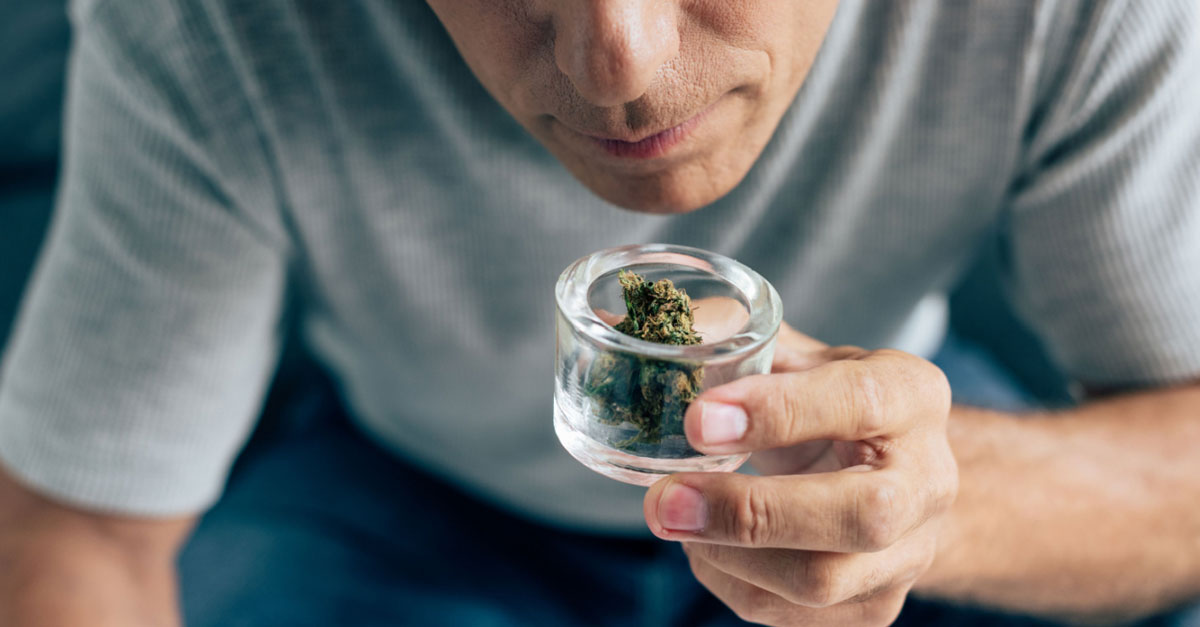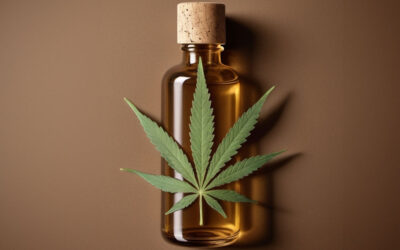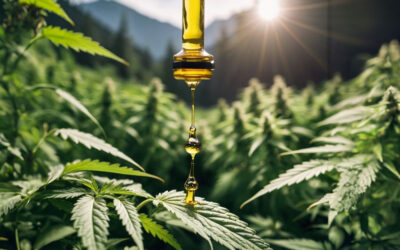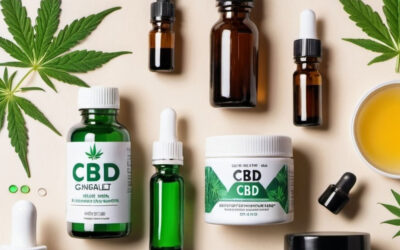How to Distinguish Between High and Low-Quality Cannabis

How to Distinguish Between High and Low-Quality Cannabis
It’s no secret that the weed today far surpasses the quality from the ’90s (unless you were in California, of course, but that’s another article entirely). While it used to take a fully packed bowl for some “mid-grades” and a couple of them for “brick weed,” today’s cannabis is powerful enough to take you out in one hit. The old “puff puff pas” has turned into “puff puff done.” But why? What has caused this evolution in marijuana’s quality? And how can we truly distinguish between high and low-grade marijuana?
In this week’s article, we briefly take a look at the change in cannabis growing and sourcing from the 1960s (when it exploded onto the scene) to today, where it is legal (and grown) in more than half the US. And we give you the best hacks for knowing what’s fire and what’s shwag.
In the last 50 years, our nation has transitioned from relying nearly entirely on importing illegal marijuana to domestically producing and selling it. The rise in potency is most likely a result of that significant market change. Growers blended traditional botany concepts with American creativity to create new strains that were more powerful, had specialized benefits, had fewer side effects, and were of higher quality. Like any sector, the cannabis industry saw a need and has been able to provide it since weed became legal.
The Sixties
Most of the cannabis used in the US in the 1960s came from illicit imports. The flower would frequently be subjected to intense heat or oxidation during shipping, which reduced its effectiveness. Old-timers may recall scooping up bone-dry shake packed with stems and leaves without knowing there was anything better; they didn’t realize cannabis was supposed to be a dank and sticky nugget. There was no “shopping around”; you just bought the low-quality stuff your guy had to offer and paid him well for it.
The Seventies
Through the 1970s, things stayed largely the same. All domestic cultivation was a clandestine enterprise since cannabis remained unlawful nationwide. When the Drug Enforcement Agency (DEA) was established in 1973, one of its research divisions was charged with keeping an eye on the strength of street marijuana, which at the time was often never more than 5% THC. As a result, innovation was limited to what could be done while running from the law.
The Eighties
The technique for determining THC potency altered in the 1980s, providing DEA officers with considerably more reliable results, and home growing proliferated. These two significant shifts upended the cannabis industry. The indoor marijuana revolution began when cannabis farmers began using hydroponic systems to cultivate their plants. To produce your marijuana, you no longer needed to live in a rural commune with hippies. Instead, a basement, shed, or even a large closet would do. Indoor cannabis cultivation also resulted in widespread strain hybridization. Growers discovered that crossing two high-THC plants produced children with even greater THC levels. As a result, growers could now develop more robust plants one generation at a time.
The Nineties
The 1990s marked the dawn of the Internet. In the early days of the Internet, anybody could say or talk about anything, such as how to cultivate marijuana, in a chatroom or message board. Now, anyone who merely found a stray seed in their luggage could look up instructions on how to raise it into a full-grown plant. People could now get simple instructions on how to grow their own high quality-cannabis, and they could spread this knowledge to the world.
The Early 2000s
Legalization allowed for a boom in marijuana research. Instead of simply federally-approved researchers, more scientists were permitted to utilize cannabis in their studies. Increased study directly contributed to the knowledge of cannabis’ chemical composition. In addition, both the indoor breeders and the hippy growers in the mountains were now legal. They were charged with growing potent marijuana primarily for medicinal purposes. Thus, they were permitted to develop new strains and disclose their techniques for cross-breeding publicly.
Weed Today
With the Internet and legalization, highly potent strains are the norm and widely accessible. The DEA claimed in 2009 that the typical THC content of street marijuana had risen beyond 10%. From the average in 2008, there was a 65% increase. Users yearned for marijuana so potent that their faces would melt off. So to meet demand, we obtained high-potency strains with >30% THC.
How To Know the Difference
Beyond the mind-numbing effects of the product, there are three ways to tell if your herb is decent or not.
How Does It Look?
High-quality marijuana is frequently dark green, with some strains also having red or orange “hairs” and even brilliant blue undertones. You should also keep an eye out for sparkling trichomes. The plant’s flavor, fragrance, and effects are attributed to its trichomes. The more sparkly-the better.
How Does It Feel?
Good cannabis shouldn’t crumble in your hands. The buds should feel sticky to the touch and have a spongy texture. When you try to break the cannabis apart, it shouldn’t adhere to your hands, but it also shouldn’t shatter to dust. There is a reasonable probability that the weed may be harboring mold if it is very damp. Find a condition that is halfway between dry and wet, easily broken apart but not likely to turn to powder.
How Does It Smell?
Weed that has been grown to exacting standards will smell strong yet good. When you open the baggie, the stench should be overpowering. The fragrance should be similar to pine or even a mild kind of skunk. The aroma of marijuana is sometimes referred to as musky, earthy, herbal, and woody. You have likely been duped if your premium-priced ganja has little to no smell.
*The statements made within this article have not been evaluated by the Food and Drug Administration. These statements and the products discussed are not intended to diagnose, treat, cure or prevent any disease.
Latest GreenCore News
CBGA: The Mother of All Cannabinoids
CBGA: The Mother of All Cannabinoids CBGA, often called the "mother of all cannabinoids," is gaining significant attention. This foundational cannabinoid is showing promise in reducing seizures and treating conditions like insomnia and chronic pain. Recently, its...
Cannabis Concentrate Spotlight: Rick Simpson Oil
Cannabis Concentrate Spotlight: Rick Simpson Oil Rick Simpson Oil has become a cornerstone in the world of cannabis products. Renowned for its versatility, this concentrate offers a multitude of benefits for both medical patients and recreational users.In this blog,...
CBD 101: Properties, Production, and Potential
CBD 101: Properties, Production, and Potential CBD has rapidly evolved from a little-known compound to a household term. But while it has become a ubiquitous term, many remain unclear on what cannabidiol actually is. In this blog, Green Core Specialty Insurance...
Contact Us
Office Location
1600 Golf Road, Suite 1200
Rolling Meadows, IL 60008
Office Hours
M-F: 8am - 6pm
Phone
847-201-4600



